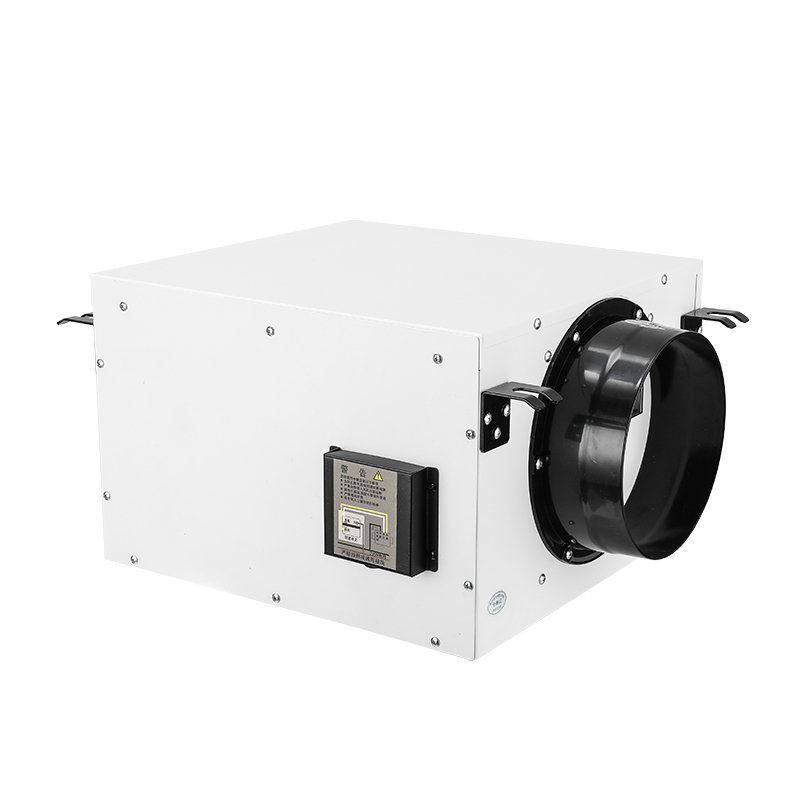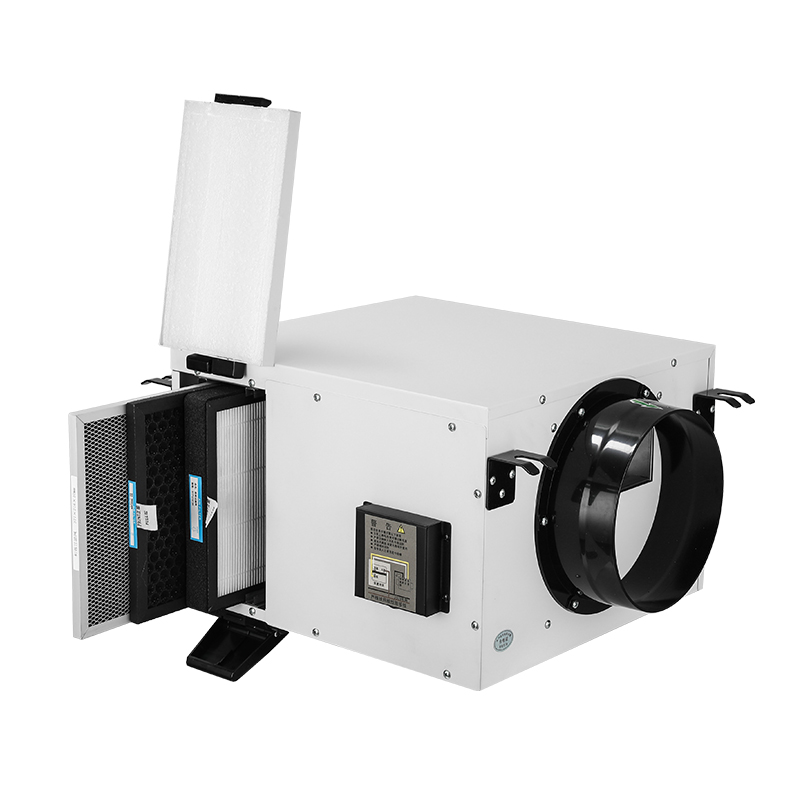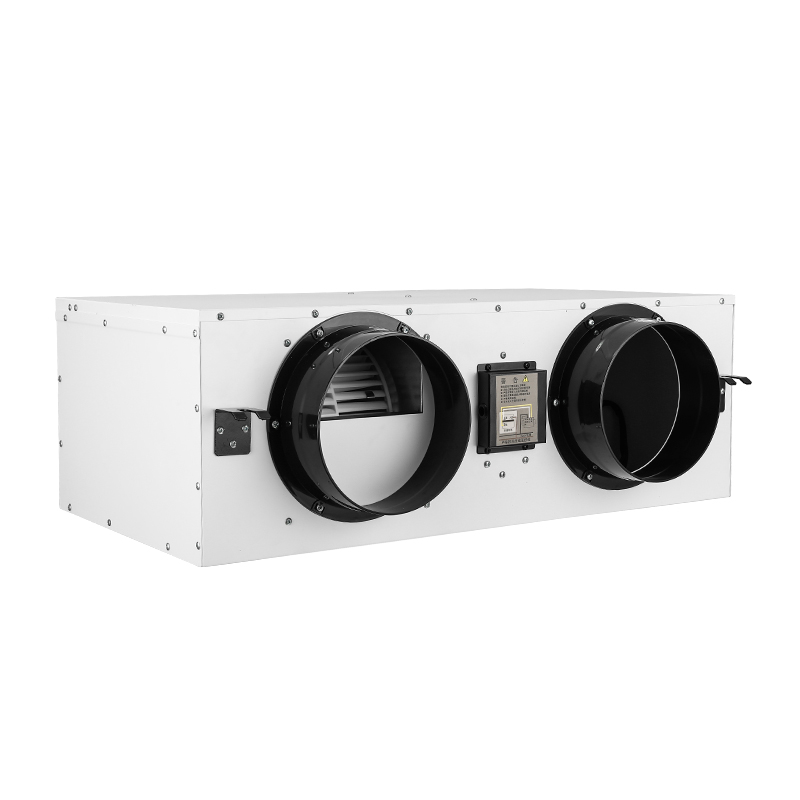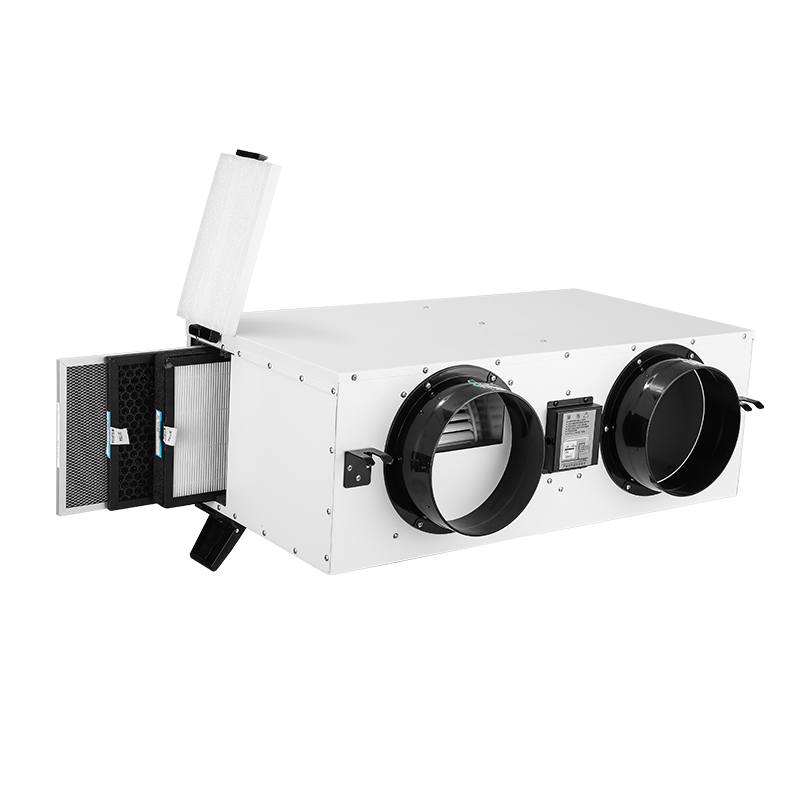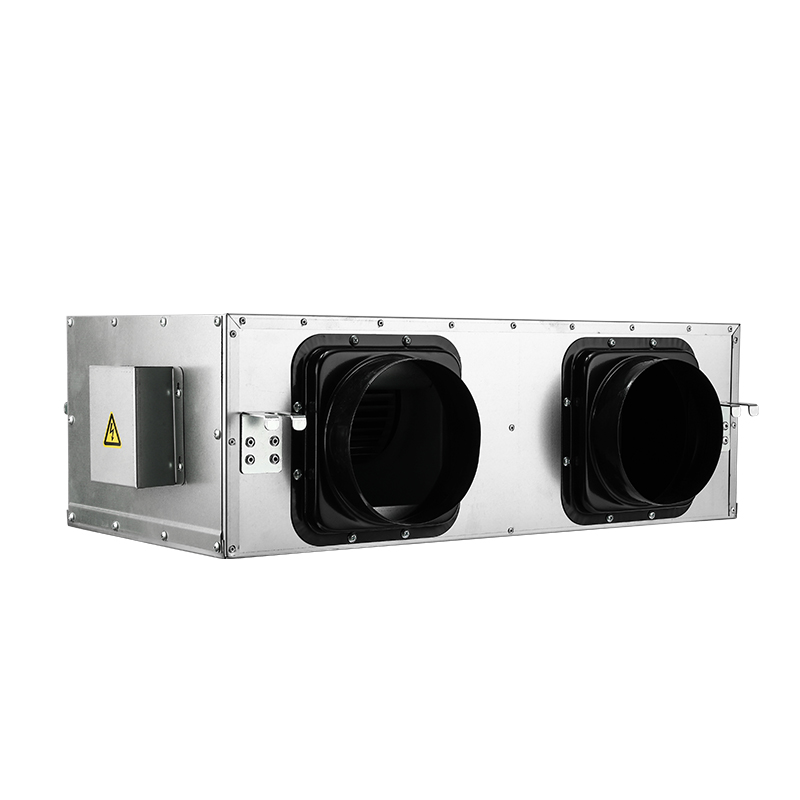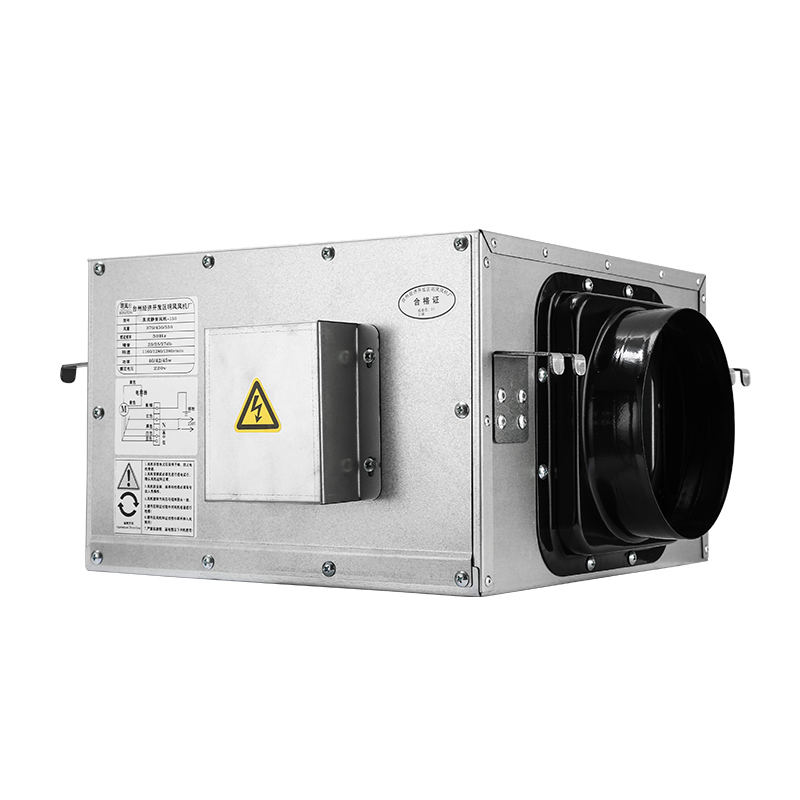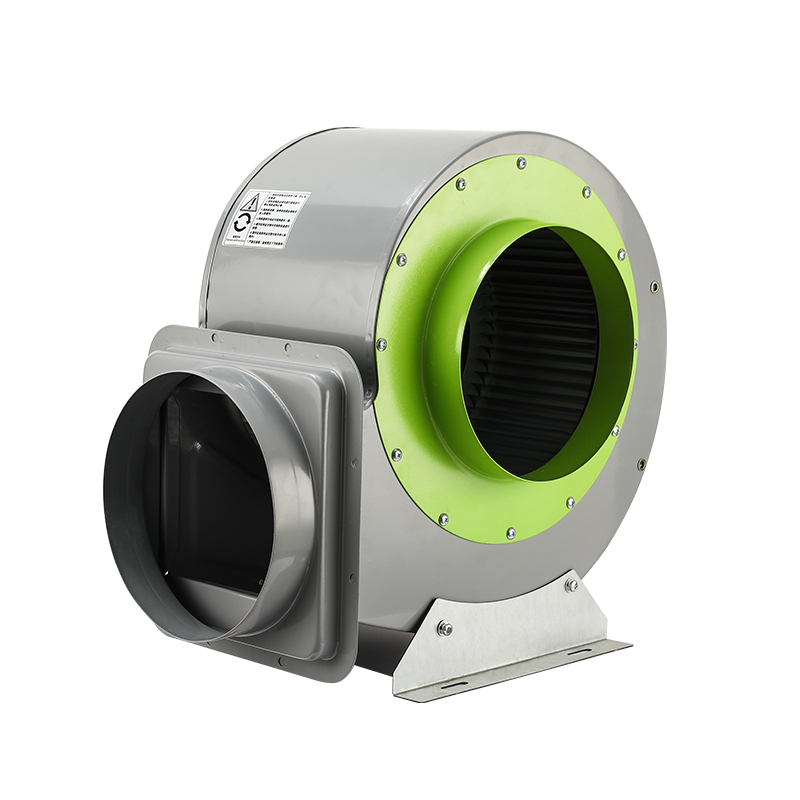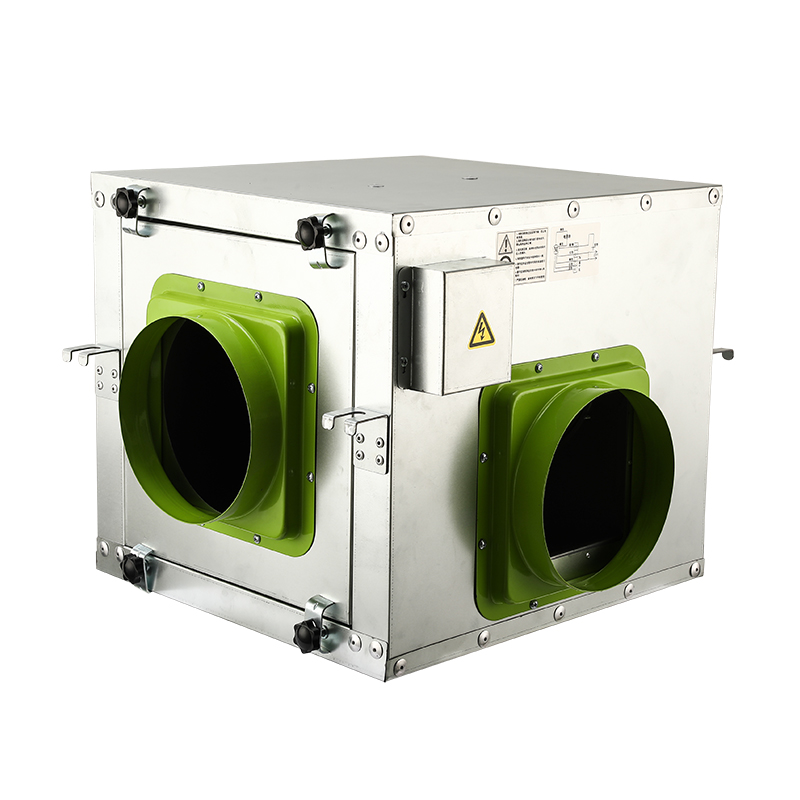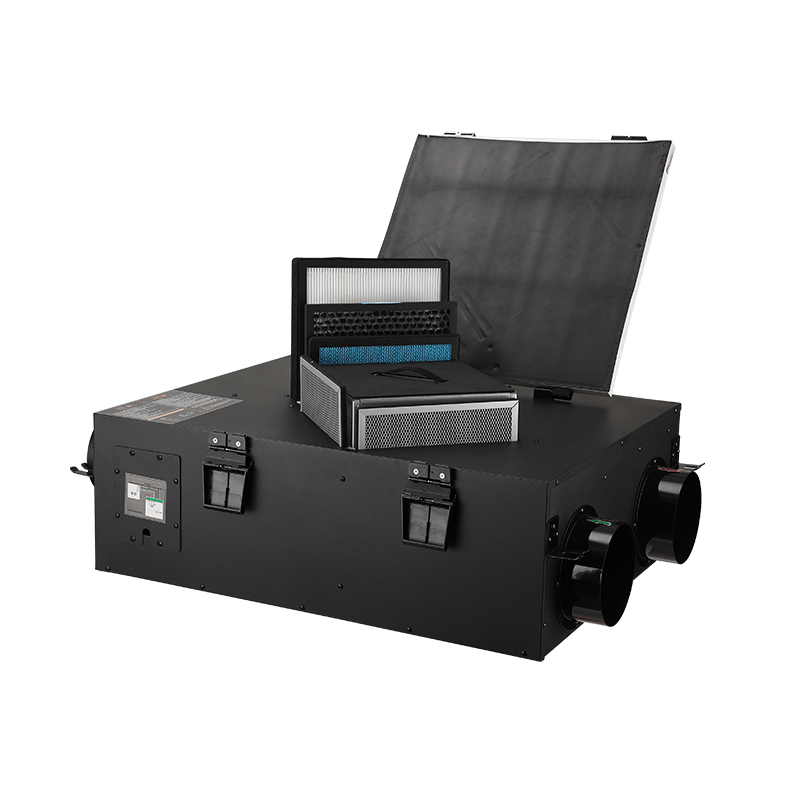Fresh air fans are essential components for improving indoor air quality by ensuring the continuous flow of clean, outside air into a building or space. These fans are widely used in various industries to maintain ventilation, regulate temperature, and promote a healthier living or working environment. By bringing in fresh air, they help reduce indoor pollutants, control moisture levels, and improve overall comfort.
Benefits of Fresh Air Fans
Improved Indoor Air Quality (IAQ)
The primary advantage of fresh air fans is their ability to improve indoor air quality by providing a constant influx of fresh, outdoor air. In spaces with limited natural ventilation, pollutants such as dust, allergens, and carbon dioxide can accumulate, leading to poor air quality. Fresh air fans help eliminate these contaminants, creating a healthier environment, particularly for individuals with respiratory issues, allergies, or other health conditions.
Temperature Regulation and Comfort
Fresh air fans help maintain a comfortable temperature by bringing in cool, fresh air during warm weather and expelling warm, stale air during cooler months. This helps prevent overheating in spaces like offices, warehouses, and living areas, reducing the reliance on air conditioning and heating systems. In turn, this can lead to significant energy savings and improve the overall comfort of the space.
Energy Efficiency
Fresh air fans contribute to energy efficiency by assisting in natural cooling and ventilation. Instead of relying solely on HVAC systems, which can be expensive to run, these fans use outside air to regulate the indoor climate, lowering the load on air conditioning and heating systems. This helps reduce energy consumption and lower utility bills.
Moisture Control
In humid environments, excessive moisture can lead to mold growth, corrosion, and discomfort. Fresh air fans help control indoor humidity levels by constantly introducing drier outside air, preventing the buildup of moisture. This is particularly beneficial in basements, laundry rooms, kitchens, and bathrooms, where moisture is often a concern.
However, some common pain points users experience with fresh air fans include the need for proper installation, noise concerns, and maintaining energy efficiency in extreme weather conditions. Choosing the right fan for the specific needs of the space is crucial for achieving these benefits.
Services for Fresh Air Fans
To maximize the benefits of fresh air fans, users require comprehensive services that address installation, maintenance, and system optimization. These services include:
Consultation and Customization
Selecting the right fresh air fan requires a deep understanding of the space’s airflow needs, size, and layout. Professional consultation services can help users choose the appropriate model based on these factors, ensuring that the fan delivers optimal performance and efficiency. Customized solutions can address unique challenges, such as specific air quality issues or room configurations.
Professional Installation
Proper installation is essential to ensure the fan operates at maximum efficiency. Improper installation can lead to inefficient airflow, energy wastage, or even damage to the fan. Professional installation services ensure that the fan is properly integrated into the existing ventilation system, with correct positioning and airflow direction to deliver consistent, balanced ventilation.
Maintenance and Repairs
Regular maintenance is vital for ensuring the longevity and effective operation of fresh air fans. This includes cleaning the filters, checking the fan blades, and ensuring the motor is functioning properly. Over time, dirt and dust can accumulate in the fan, reducing its performance and efficiency. Scheduled maintenance and prompt repairs help prevent breakdowns, extend the lifespan of the fan, and maintain optimal airflow.
Energy Audits and Upgrades
An energy audit helps assess the overall energy efficiency of a building’s ventilation system, identifying opportunities for improvement. This can involve upgrading to more energy-efficient fresh air fans or adjusting fan settings for better performance. Energy-efficient models can reduce energy consumption and contribute to sustainable building practices, making them a good choice for both residential and commercial applications.
 Add: Plot 23, Huanglang Industrial Zone, Jinqing Town, Luqiao District, Taizhou City, Zhejiang Province
Add: Plot 23, Huanglang Industrial Zone, Jinqing Town, Luqiao District, Taizhou City, Zhejiang Province
 TEL: +86-13586083215
TEL: +86-13586083215

 English
English English
English عربى
عربى 한국어
한국어
